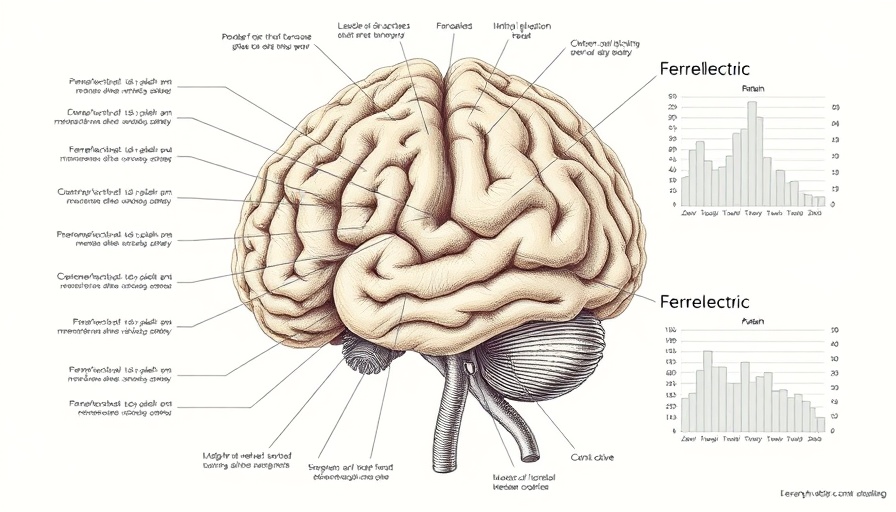
Understanding Ferroelectric Bioelectronics and Their Impact on Neural Communication
As modern healthcare continues to evolve, particularly in the realm of neurotechnology, a new field called ferroelectric bioelectronics is emerging as a pivotal player. This transformative technology is being heralded for its potential to revolutionize neural communication, enabling better interfacing between electronic devices and biological systems. It operates on the principles of ferroelectric materials—substances that exhibit spontaneous polarization, which can be manipulated by external electric fields.
The Science Behind Ferroelectric Materials
Ferroelectric materials, typically known for their use in capacitors and memory devices, have now been adapted for biological applications. By leveraging their unique electrical properties, scientists believe these materials can enhance cellular communication. This is significant for applications like neural implants, where efficient signal transmission can drastically improve responsiveness and minimize complications.
Real-World Applications and Potential Benefits
The applications of ferroelectric bioelectronics are numerous and span various medical scenarios. For instance, in the field of neuroscience, enhanced devices made from ferroelectric materials could pave the way for better brain-machine interfaces. Patients with neurodegenerative disorders might find themselves benefiting from improved communication pathways that could restore lost functionalities. Additionally, the non-toxicity and compatibility of these materials with human tissues alleviate many concerns associated with traditional electronic implants.
Addressing Current Challenges in Neural Tech
Despite the promise of ferroelectric bioelectronics, the technology does not come without challenges. Current neural technologies often face issues such as inflammation or rejection by the body. The integration of ferroelectric materials could reduce these complications by promoting better biological compatibility and reducing the risk of adverse reactions. Understanding these interactions is crucial as research progresses.
Future Predictions: Where Is Ferroelectric Bioelectronics Heading?
Looking ahead, researchers anticipate that advancements in ferroelectric bioelectronics will lead to innovative therapies for neurological conditions. This could include sophisticated prosthetic limbs that can communicate directly with the nervous system or implants that enable real-time monitoring of brain activity for therapeutic purposes. The evolution of this technology may soon become integral in helping patients reclaim lost functionalities.
Engaging Critical Perspectives
Amidst the excitement surrounding ferroelectric bioelectronics, it's important to acknowledge diverse viewpoints. For instance, some experts raise concerns regarding the long-term effects of implanting electronics in the human body. Balancing innovative progress with ethical considerations is imperative. As we advance further into integrating technology with health care, ongoing discussions about safety, efficacy, and patient rights will shape the trajectory of this promising field.
Common Misconceptions about Neural Electronics
One common misconception is that the integration of bioelectronics wholly replaces human faculties. However, the goal of technologies like ferroelectric bioelectronics is not to supplant biological function but to support and enhance it. This distinction is critical in fostering acceptance and understanding of these technologies in broader society.
Conclusion: Staying Informed in a Rapidly Evolving Field
As innovative methods like ferroelectric bioelectronics emerge, it is crucial for individuals, healthcare professionals, and policy-makers to stay informed. Understanding these advancements can help in advocating for patient rights and pushing for responsible implementations in healthcare systems. Engaging with new research and being open to the list of challenges ensures we can harness these technologies' full benefits while addressing any risks that might arise. As the narrative of neural communication continues to develop, viewers should actively participate in dialogues about the future.
 Add Row
Add Row  Add
Add 




Write A Comment